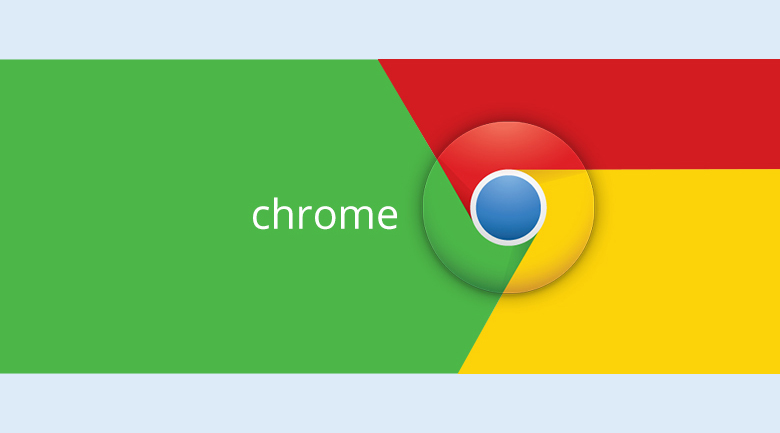
This is the first in a series of three articles covering digital wellness programs in the workplace. Here we take a broad look at today’s online trends — and reveal why digital wellness is now just as vital as physical, mental, and financial wellness programs.
What once got done in person, now gets done online. And at historic levels. There’s no question that the pandemic transformed face-to-face interactions into face-to-screen interactions. Not to mention that it ushered in the advent of remote work on a massive scale. Yet even with the pandemic behind us and people largely returning to their places of work, that transformation remains squarely in place.
Today, we conduct more of our lives online than ever before. That makes protecting life online more important than ever before.
Yet in a time of data breaches, identity theft, and online scams of all stripes, online protection can seem complicated. That’s why employees welcome digital wellness as a benefit. It can help them fix weak spots in their security, protect their privacy, and put them in control of their personal data.
Simply put, employees welcome the help.
Our research with Statista found that 54% of employees worldwide said that online protection is an important or very important benefit. That should come as no surprise, particularly as we take care of increasingly important things online.
The internet? We’re more reliant on it than ever.
What does that look like?
First, we can look at how we bank and shop online. Projections estimate that more than 3.5 billion people worldwide will bank online by 2024, driven in large part by online-only banks. Global e-commerce sales continue to climb with revenues topping more than $5.7 trillion in U.S. dollars. That growth continues at an estimated compound annual growth rate (CAGR) of 11.34%.
And that’s just for starters.
Increasingly, we track our health and wellness with connected devices too — like workouts on our phones and biometrics on wearable devices. Worldwide, people own more than a billion wearable connected devices. Taking that a step further, we visit the doctor online now as well. The old-fashioned house call has become the modern-day Zoom call. Our recent research found that 75% of people surveyed in early 2023 said they’ve used telehealth services in the past year.
In all, we trust the internet with some of our most important tasks. We even trust our homes to it. More than 300 million households run their day with the assistance of smart devices, like smart speakers, smart appliances, and smart deadbolt locks.
Finally, we can point to the complicated factor of remote and hybrid work. Our joint research with HR.com found that 98% of organizations surveyed have at least one or more employees who work remotely. Additional research cited by Forbes indicates that nearly 13% of full-time employees work remotely, while more than 28% work in a hybrid model. As a result, work devices inevitably get used for some personal purposes — just as personal devices get used for some professional purposes.
That adds up to an average of nearly seven hours a day spent online.
It’s little wonder that so many companies continue to show growing interest in digital wellness programs. People find themselves exposed to plenty of risk as they conduct personal business and professional business across the devices they use throughout the day.
However, what makes up digital wellness and what it offers remains loosely defined.
The advent of digital wellness in the workplace
Where do digital wellness programs stand in the workplace today? They share much with the state of financial wellness programs about ten years ago.
At the time, financial wellness was largely unknown. Further, companies were unsure if or how it played a part underneath the umbrella of “wellbeing.” Then changes came along. People saw how financial activities and planning can have a major impact on a person’s quality of life. Today, financial wellness is just as concrete as physical and mental wellness as benefits in the workplace.
Digital wellness now finds itself in the same evolution cycle that financial wellness entered a decade ago. It’s a concrete pillar underneath “wellbeing” much for the same reasons financial wellness is. Digital wellness reduces stress from loss or the unknown and enables richer, safer, and happier lives.
With that, today’s threats have evolved as well. While viruses and malware remain a problem, today’s bad actors are out for bigger games. Like stealing personal and financial info for identity theft. Or grifting detailed info from data brokers who compile and sell data linked to millions of people — with up to thousands of entries for each person.
We’ve also seen the onset of artificial intelligence (AI) in attacks. Fraudsters have used AI as the capstone of convincing voice, image, and video scams. Hackers now generate malware code using AI tools as well. Combine that with the multitude of ways people spend their time online, it’s clear why today’s online crooks tamper with people’s data, privacy, and identity at unprecedented rates.
HR professionals at organizations are aware of this. Given this climate, 55% of HR professionals said they provide it as part of their organization’s core benefits offerings. Another 36% say it’s part of their organization’s voluntary benefits offerings. Yet their offerings vary greatly.
Our research respondents said that they have five different digital wellness initiatives on average. Yet we found little consistency between them. Only 60% of respondents provided the same initiatives. The top responses: antivirus software, personal data cleanup, protection for work devices, and instruction on digital best practices. This illustrates that digital wellness programs are indeed in those early stages of development.
What does digital wellness truly entail?
Digital wellness protects the person. This definition provides the basis for any comprehensive digital wellness offering.
More than offering antivirus or a VPN as a benefit, digital wellness protects the lives that employees live online. It helps prevent the things that can absolutely upend a person’s life online, like hacks, malware attacks, and online scams. And if someone falls victim to a data breach or identity theft, it provides a clear path forward with restorative measures.
People simply want to enjoy their time online without worrying about the risks. Yet if not looked after, gaps in their digital wellness can drive huge financial and mental stresses. For example, consider how identity theft steals more than money. It steals time, robbing a victim of their focus on other parts of their home and work lives as they struggle to recover.
As such, a digital wellness program that provides preventative and restorative measures. Often with comprehensive online protection like ours as a cornerstone offering.
Yet we can extend the definition further. It can also entail a healthy relationship with the internet. Balancing time spent there with other aspects of life, which can help relieve stress and burnout as well. Respondents in our HR.com research found this aspect of digital wellness appealing. Nearly half said that establishing a healthy relationship with technology is a key aspect of digital wellness — recognizing that this requires ongoing education.
Building your digital wellness program
Certainly, a comprehensive and successful digital wellness program protects the whole person, not just their devices.
For organizations that want to create this kind of digital wellness program, we offer up this series of articles. Our aim is to load you up with insights that can make the business case for putting one in place. You’ll see how employers and employees agree there’s a real need for it — and that everyone stands to benefit.
Look for our next article in the series.
Want to learn more? Visit us at https://www.mcafee.com/en-us/resources/digital-wellness.html or reach out to EmployeeBenefits@mcafee.com.








